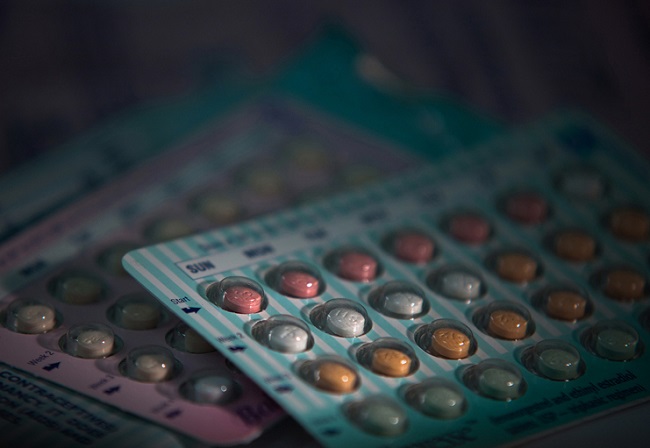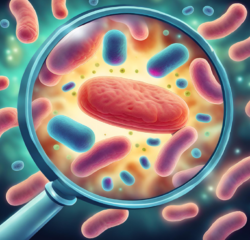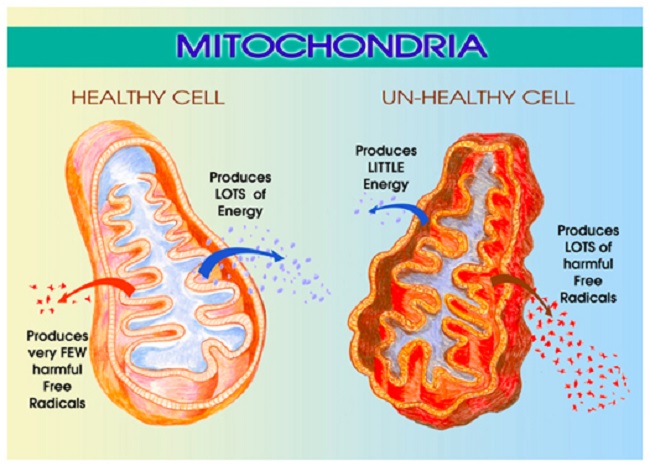Health innovation exists largely because of the promise of great profits. Whether it is new drugs, devices or even health insurance, the development of these products are firmly established capitalist endeavors. Health itself, however, like life, liberty or even the pursuit happiness exists on a different plane entirely, more closely aligning with the right of life than with a corollary product or commodity. Where it gets squishy is in determining who is responsible for paying for that right, especially when someone chooses to ignore the responsibility of good health, is genetically burdened with ill-health, faces poverty, or as is the case in modern industrial society, is sold ill-health by companies whose very existence depends upon products that cause illness.
Where do one’s right of life and presumably some quality of life or health end and the right to profits begin? Who shall pay for these rights? And are there innovation opportunities in defining or re-defining health as a right versus a product or a commodity?
Understanding Moral Hazard and Modern Health Care
In 2009, with the financial system in ruins, the phrase moral hazard burst into the daily lexicon. One could not listen to a news report without hearing how those responsible for the crisis pushed all of the risks of their highly profitable ventures on to everyone else – textbook moral hazard. And then, to make matters worse, we were being asked to bail out these giant institutions that crumbled our economy, while they continued to reap huge salaries and bonuses. The gall…
Many view health insurance and by association, healthcare, as an industry based upon moral hazard. Unlike the moral hazard of the current financial markets, however, where the chosen few distribute risk downward to the many, the moral hazard in health care presumes that the many distribute the risk back up to the few, those presumably responsible individuals, who are healthy. Indeed, the distribution of risk penalizes good health with the increased cost of bad health borne by all. “How dare we be asked to pay for our neighbor’s smoking or obesity?” The gall…
What is often missed in our moral outrage, is how being sick reduces the profitability for those at the top of the insurance industry. This is the crux of modern health care’s fatal flaw – a skewed version of moral hazard where health care is a commodity that few at the top of the food chain are willing to risk on those at the bottom.
Health Economics
Modern theories of health economics argue that the act of providing health care services to all and the distribution of those costs amongst everyone will reduce the total financial risks but also increase the need for care, and therefore reduce profits. The presumption is that when people are given low-cost health care will, they will choose to partake in more health care services in much the same way that lower prices encourage other product purchases.
Appendectomy anyone?
Despite the almost comical notion that people enjoy going to the doctor’s office and/or to the hospital in the same way they enjoy purchasing a new handbag, or that these services are like any other commodity driven purely by access and cost, this concept of moral hazard pervades the health care/insurance debate, with nary a question of its legitimacy or utility. What is more, this model likely reduces overall profitability of the industries that seek to reap the rewards from health while increasing the profits of those who benefit from illness or at least benefit from ignoring the illnesses their products cause.
Health Innovation
If health innovation (the products within the health care system, new drugs, devices, programs, vitamins etc.) are only developed on the promise of great profits, how does that square with the notion that individuals really don’t want to go to the doctors unless they have to? How do we reconcile the need for health innovation to maintain our economic and health vitality and the premise that health care isn’t a product in the traditional sense; that it isn’t needed or wanted until it is needed?
Marketing Health (or Illness)
The current healthcare business model answers that question with marketing. Make the consumer or the physician want or believe they need the products being sold. The pharmaceutical industry is quite successful marketing must-have medications and products and they do so by employing the same tactics and strategies used to market any other consumer product.
Indeed, the newer model products/drugs are akin to the designer versions of a handbag and yield the same ‘must-have’ response from the consumer (even the physician) who is willing to pay premium prices for the latest and greatest medication. Like the must-have handbags, newer drugs often have no more efficacy than older ones (sometimes are worse), often contain only single isomer changes (meaning molecularly they are almost entirely the same drug as the earlier, cheaper version e.g. Lexapro and Celexa) and more often rest the perceived utility solely on re-branding. A brilliant model if it wasn’t health or life and death that was for sale.
Another Way
What would happen if health was re-conceptualized as a right? If it were considered a right, then there would be a duty to protect it, legally. The current practice approving drugs and devices would look very different than it is today. From a market standpoint, the backlash from those who profit from illness would be swift and intense, but the potential for innovation and profits from other sectors could be equally strong, if the opportunity is recognized.
As it stands, we have big pharma, big agriculture (pesticide and herbicide use), big coal, big tobacco and other industries profiting wildly from their products, while distributing the health and economic risks downward to the masses in the classic model of moral hazard. These industries bear little to no responsibility for the true health costs of their products. Those risks are dispersed over time and over millions of people.
On the other side, we have the health care industry, straddled with the burden of caring for an ever less healthy populous while simultaneously having to answer to shareholders demand for profits. Their model of moral hazard proscribes increased profits for the top, increased cost for the healthy, and reduced services for everyone else. The health care industry pushes back on the individual, dis-enrolling, reducing access, but pays little attention to the purveyors of bad health. They buy hook-line-and-sinker the notion that the individual is solely responsible for his/her health. And while that is true in many cases, in today’s cesspool of environmental carcinogens, dangerous and eventually recalled (although not before the damage is done), pharmaceuticals and devices, endocrine disruptors, and generally unhealthy food supply, no individual alone can avoid all contact with the garbage that is in our environment and ultimately causes illness. And they shouldn’t have to. If the industries that currently lose money from illness (insurance, hospitals, employers), would step in and push back against those that profit from illness, we would see a radical change in disease rates, an enormous reduction in health care costs and an incredible increase in innovation.
If health were a right akin to the right of life, then products that affect health would be judged not just on the perceived profit margin, but on the actual cost/benefit ratio to health. The economics of health would switch from how do we distribute the cost of ill-health among the masses to how do we reduce ill-health of the masses. If a product causes more ill health and costs more than it benefits, perhaps it shouldn’t be on the market. Right now the debate is over how not to break the bank by including sick people on the insurance rolls or providing access to care for the poor, perhaps the math would work better if we looked how to prevent illness in the first place.









































